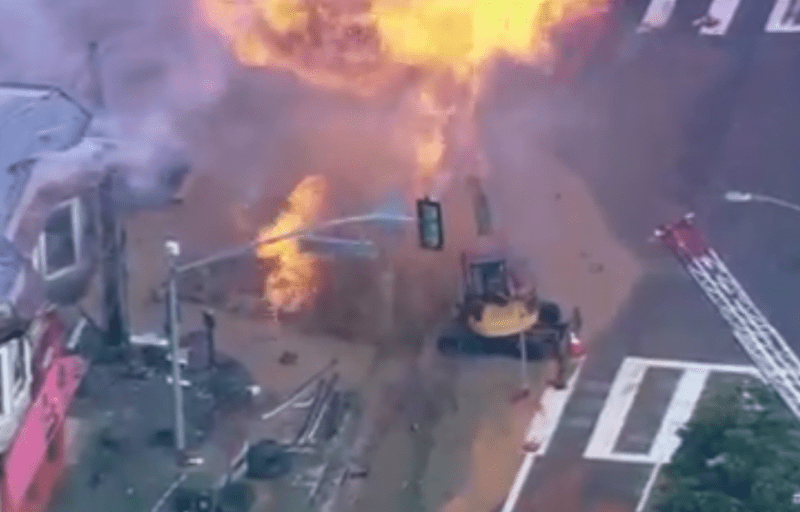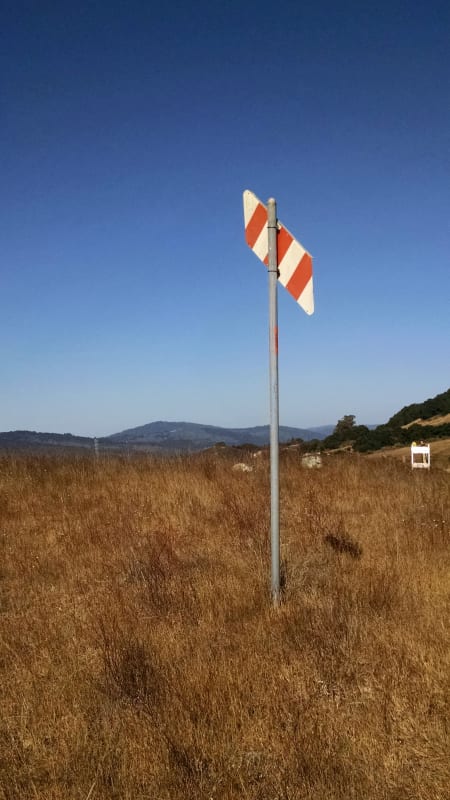itsmoked
Electrical
- Feb 18, 2005
- 19,114
Crews putting in a fiber optic line breached a gas main.

SF Gas fire
Several links on a page
Keith Cress
kcress -

SF Gas fire
Several links on a page
Keith Cress
kcress -

![[bigsmile] [bigsmile] [bigsmile]](/data/assets/smilies/bigsmile.gif)
